Matt Falcus wrote this story for AirlineReporter.com. He is author of the popular Airport Spotting Guides series, and runs the blog AirportSpotting.com which helps aviation enthusiasts make the most out of their hobby with airport, airline and aircraft news and spotting information.
The first British Aerospace ATP ’“ derived from Advanced Turboprop – aircraft took off from Woodford aerodrome, near Manchester in the UK, in August 1986. Built as a successor to the popular HS.748 (later BAe 748), the ATP featured a lengthened fuselage and improved engines. The ATP featured a design that brought about better fuel efficiency, reduced vibration and noise, and a much more comfortable passenger cabin over the first generation of turboprop airliners. Only 64 examples were ever built as by the time it was introduced even more efficient competitors, such as the ATR42 and de Havilland Canada DHC-8 had emerged.
Today around 40 BAe ATP aircraft remain in service around the world. The majority of these examples operate with cargo carriers, having been converted from their original passenger-carrying configuration. Principal operators include West Air Europe and Atlantic Airlines. At the time of writing, only one airline — Next Jet — is still flying the ATP in passenger service. Next Jet is a Swedish domestic and regional airline which was founded in 2002 and is based near Stockholm.
I recently had the opportunity to take a flight on this now rare aircraft whilst visiting Sweden, and got to experience a fine aircraft which should have been a much greater success story. This was also an opportunity to experience Next Jet and their unique service into the remote Swedish Lapland region.
The flight, to Arvidsjaur, was operating from Stockholm Arlanda with an intermediate stop at Lycksele in both directions. Next Jet operates this route up to three times per day, linking these remote communities with the capital, and also providing an important tourist link to the winter skiing and summer hiking and fishing opportunities.
The aircraft was SE-MEE, which spent most of its life operating for SATA Air Açores and still bears the tail logo of that airline, albeit with Next Jet titles. Seating is not assigned on this flight, so I took a window seat near the front where more legroom is available. Outside is a wonderful view of the starboard engine and propellers.
The load on this flight is around 30 passengers, with this ATP seating 68 in total. The taxi ride to runway 19R is fairly swift and we are soon rolling with engine power increasing. The ATP is a little more sluggish than more modern turboprops, but with a light load we were soon airborne and making a turn to the right revealing a great view over Arlanda Airport.
The flight to Lycksele is around 1 hour 15 minutes, with two cabin attendants servicing the passengers.
Approach to the small airport is over an attractive countryside of lakes, hills and villages, before landing on the single 6,564ft (2001m) runway. The aircraft backtracks to the exit taxiway and parks on the apron outside the small terminal building.
Time on the ground at Lycksele was only 15 minutes, during which time some passengers disembarked and a couple joined. Because the load was now lighter, I was asked to take up a seat near the rear of the aircraft to aid in aircraft balance.
The remaining flight time to Arvidsjaur was a quick 20 minutes at relatively low level over the beautiful scenery in this part of the world. Arvidsjaur Airport was only built in 1990, adding a vital link for the small community. Like Lycksele, it is a small airport with a modern terminal of typical Scandinavian design.
For the return journey later in the day I took a seat behind the wing on the opposite side of the aircraft. The load was again light, but after making the short hop to Lycksele a significant number of passengers joined the aircraft leaving very few seats vacant. Take-off was therefore much more pronounced this time, with a shallow rate of climb noticeable on the ATP aircraft.
Our route took us out over the Bay of Bothnia before turning inland towards Arlanda in the evening sun. Flight time was almost 1 hour 30 minutes on this return leg, and after landing on runway 26.
It was fascinating to take time to travel on the BAe ATP before the opportunity disappears, and also to experience two remote Swedish airports, and of course to enjoy the unique service offered by Next Jet.
For full details the rarest and most historic airliners still flying passengers, including details of the airlines and countries still flying them, check out my new eBook ’“ Last Chance to Fly.
[nggallery id=40]
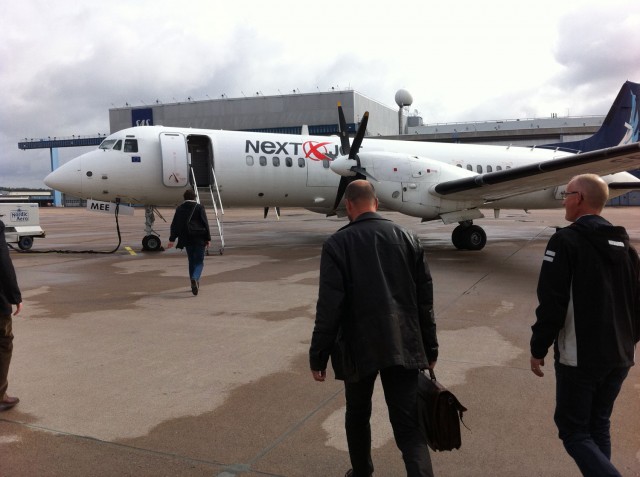
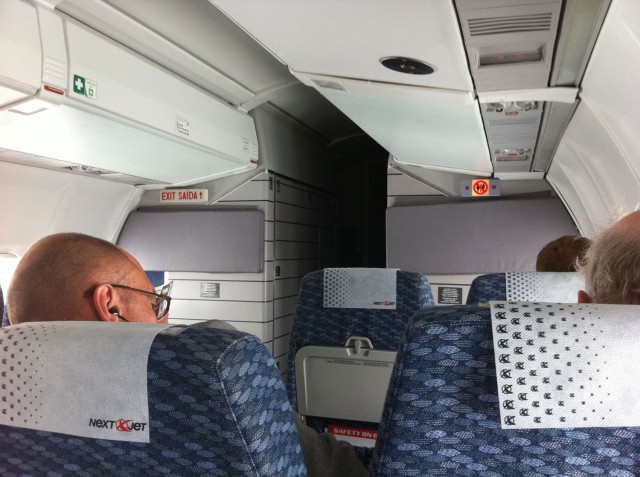
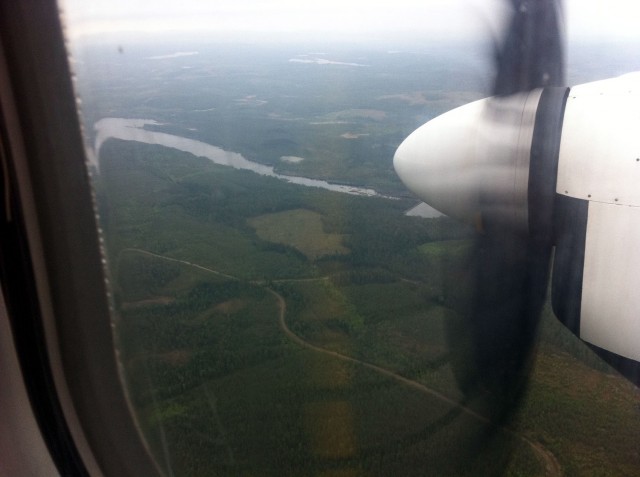
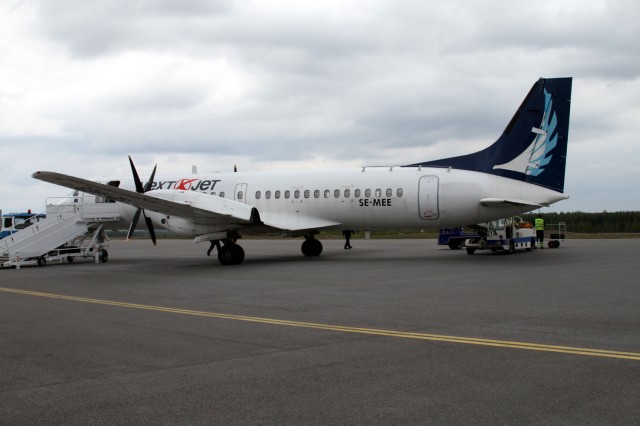
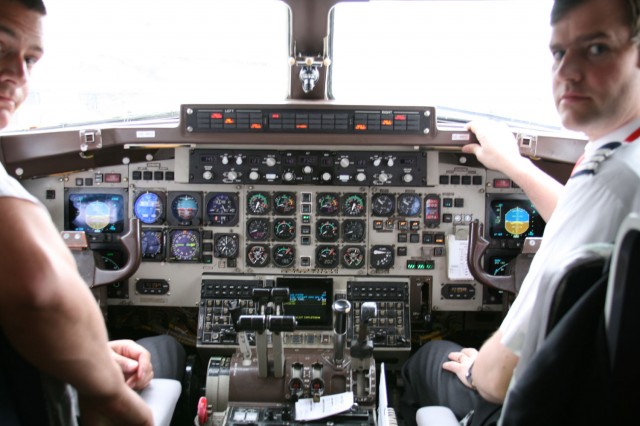
Last time I flew on an ATP it was wearing United Express’ Saul Bass colorsheme